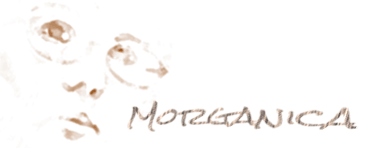Chatting with an old friend the other day, I mentioned a former colleague. “He’s now working at —, right?”
“Nope. From what I hear he kinda went ballistic. He’s not there, anyway. Don’t know what he’s doing now.”
When I knew him, he was a wild-eyed radical, desperate for white collar security or maybe a middle-class suburbian ashamed of liking it. Couldn’t tell which. He wrote like an angel; I kinda envied him and shook my head at the same time.
Our paths diverged a long time ago, we live on opposite coasts, and, aside from a couple of online hiyas, I haven’t spoken with this guy in ten years. Yet I’ve probably known more about him–professionally and personally–than I do my next door neighbor.
He blogs. More to the point, he’s put himself on the web in so many different ways that I don’t NEED to speak with him to know what he’s doing. It’s far more efficient to simply check his blog than to actually pick up the phone and ask.
I realized that I hadn’t checked his blog in more than a year, and felt faintly guilty. Then I began wondering how much had been lost–on both sides–when the virtual peephole became more efficient than personal contact.
Of course, I’m a fine one to talk. If you’re reading these words you know I’m doing much the same thing (although I’ve got hard and fast rules about what I don’t talk about, and he doesn’t appear to).
But I’m giving a lecture on online journalism next week, and the whole virtual peephole thing is top of mind right now. Normally a peephole lets you look out on the world. Online, they let the world look in on us.
Think of all the constraints you place on separating professional and personal lives. The barriers that keep strangers from entering your home, following your children, listening to conversations between you and your significant other, knowing your brand preferences, your rotten taste in home furnishings, your hobbies and the sports you like to play.
Now blog about that stuff. Twitter it. Array it on FaceBook, throw it up on LinkedIn, review it on Amazon.com.

Comments welcome! (thanks)